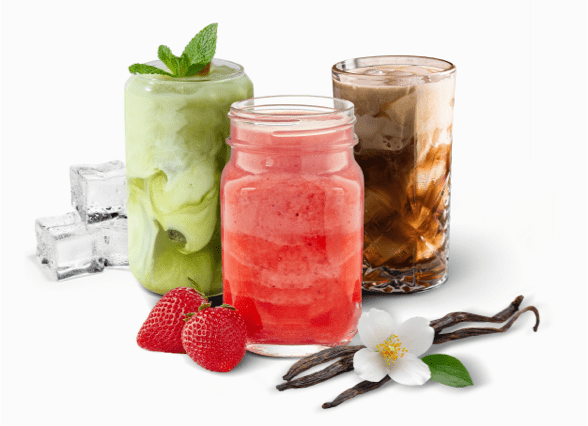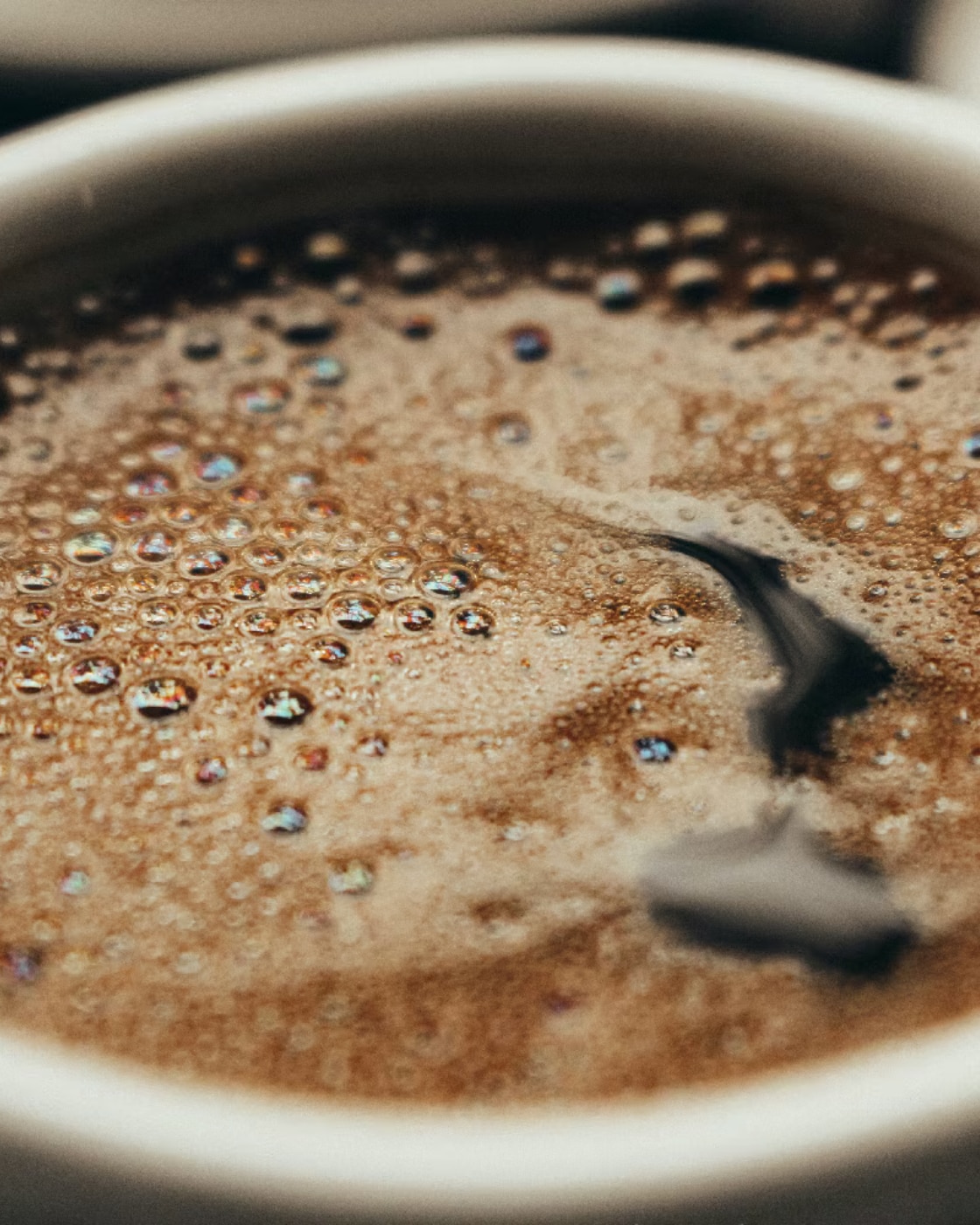Where Do Coffee Beans Come From?
Whilst having your morning coffee, having used your coffee pods, have you ever wondered where your coffee originates and where do coffee beans actually come from?
We’ll explore the coffee plant, harvesting method and processing techniques, and the main coffee-producing regions and capitals. Plus, find out if you can grow your own coffee beans in the UK. Join us on discovering where the coffee plant is grown and where it actually comes from.
The coffee plant
Key characteristics of the coffee plant:
- Leaves: Grow in pairs, dark green in colour with a waxy texture (essential for photosynthesis to help the cherries grow).
- Flowers: Fragrant, white, and star-shaped, typically blooming in clusters.
- Fruit: A drupe, often referred to as a cherry, which turns red or purple when ripe. Inside, the fruit contains two seeds, the coffee beans.
These are the fundamental components that make coffee possible and where the bean to cup journey starts.
Coffee-growing process
Harvesting the coffee bean
Handpicking is a labour-intensive process where workers carefully select only the ripe, red cherries. Machine picking involves machines shaking the coffee trees, causing the ripe cherries to fall into collection bins.
Handpicking ensures the highest quality beans, as unripe or overripe cherries are left on the plant and is common in regions with hilly terrain or where high-quality, specialty coffees are produced. Whereas machine picking, though faster, it can also harvest unripe or overripe cherries, which can impact the quality of the final product. It is a more efficient method, especially on large, flat plantations.
Coffee-growing process
Processing coffee beans
The Wet Process
1. Depulping: The cherries are fed into a machine that removes the outer skin and pulp.
2. Fermentation: The beans are then fermented in water tanks for several days.
3. Washing: The fermented beans are washed.
4. Drying: The beans are spread out on drying patios or in mechanical dryers to reduce their moisture content.
The Dry Process
1. Drying: Same as the last step of the wet process however this can take several weeks.
2. Hulling: the dried fruit of the cherry is removed to reveal the raw coffee bean.
3. Polishing: The beans are polished.
The choice of processing method can significantly impact the flavour profile of the coffee. The wet process often results in cleaner, brighter flavours, as the fruit is removed from the coffee bean before drying, which can lead to fermentation and the development of desirable acidity and clarity. In contrast, the dry process, where the entire cherry is dried before removing the fruit, can create sweeter, fruitier coffees with a fuller body and lower acidity.
Ideal growing conditions
Climate
Soil
Where is coffee grown?
Central & South America
- Colombia: Renowned for its high-quality Arabica beans, offering single-origin coffee. The Supremo and Excelso grades are particularly prised for their balanced flavour profiles.
- Costa Rica: Recognised for its diverse coffee varieties, including the renowned Tarrazu and San Jose beans.
- Guatemala: Renowned for its rich, complex flavours. The country's diverse microclimates contribute to a wide range of coffee profiles, often characterised by notes of chocolate, nuts, and spice.
- Honduras: Produces a wide range of coffees, from mild to bold flavours.
- Peru: A growing coffee producer, known for its high-quality beans from regions like Cajamarca and Cusco.
Africa
- Uganda: A major producer of Robusta beans, known for their strong flavour and high caffeine content. These beans are often used in espresso blends and instant coffee.
- Kenya: Renowned for its high-quality Arabica beans, renowned for their bright acidity and fruity notes.
- Tanzania: Recognised for its unique coffee beans, especially its Peaberry coffee. These round beans, a natural mutation, offer a distinctive flavour profile.
Southeast Asia
- Vietnam: The world's second-largest coffee producer, primarily known for its Robusta beans. These beans are robust in flavour and high in caffeine, making them popular for espresso blends and instant coffee.
- Philippines: Recognised for its unique coffee variety, Barako (or Kapeng Barako). This Liberica bean produces a strong, bold coffee with a distinct flavour profile.
Coffee culture capitals
London, United Kingdom
Seattle, USA
Melbourne, Australia
Rome, Italy
Tokyo, Japan
Melbourne, Australia
Vienna, Austria
Can you grow coffee in the UK?
Challenges of growing coffee in the UK climate
- Humidity: High humidity levels are crucial for coffee plants, but indoor environments can often be too dry.
- Light: Coffee plants need ample sunlight, which can be limited in the UK, especially during winter.
It's important to note that growing coffee indoors in the UK is more of a hobby than a practical way to produce large quantities of beans.
Supporting sustainable coffee
From the coffee plant to your cup of coffee, the journey is a fascinating one. Grown in specific tropical climates and harvested by hand or machine, the beans undergo various processing methods to develop their unique flavours. The ""Bean Belt"" regions, including Brazil, Colombia, Ethiopia, and many more, each contribute distinct characteristics to the global coffee scene. As we savour our morning cup of coffee, let's appreciate the complex processes and cultural significance behind it. By choosing sustainable and ethical coffee, we can support farmers and protect the environment. Discover the history of coffee to delve deeper into the origin of coffee, the history of coffee brewing, and the development of coffee pods.









































































 Quick re-order
Quick re-order



 Machine Help Centre
Machine Help Centre















